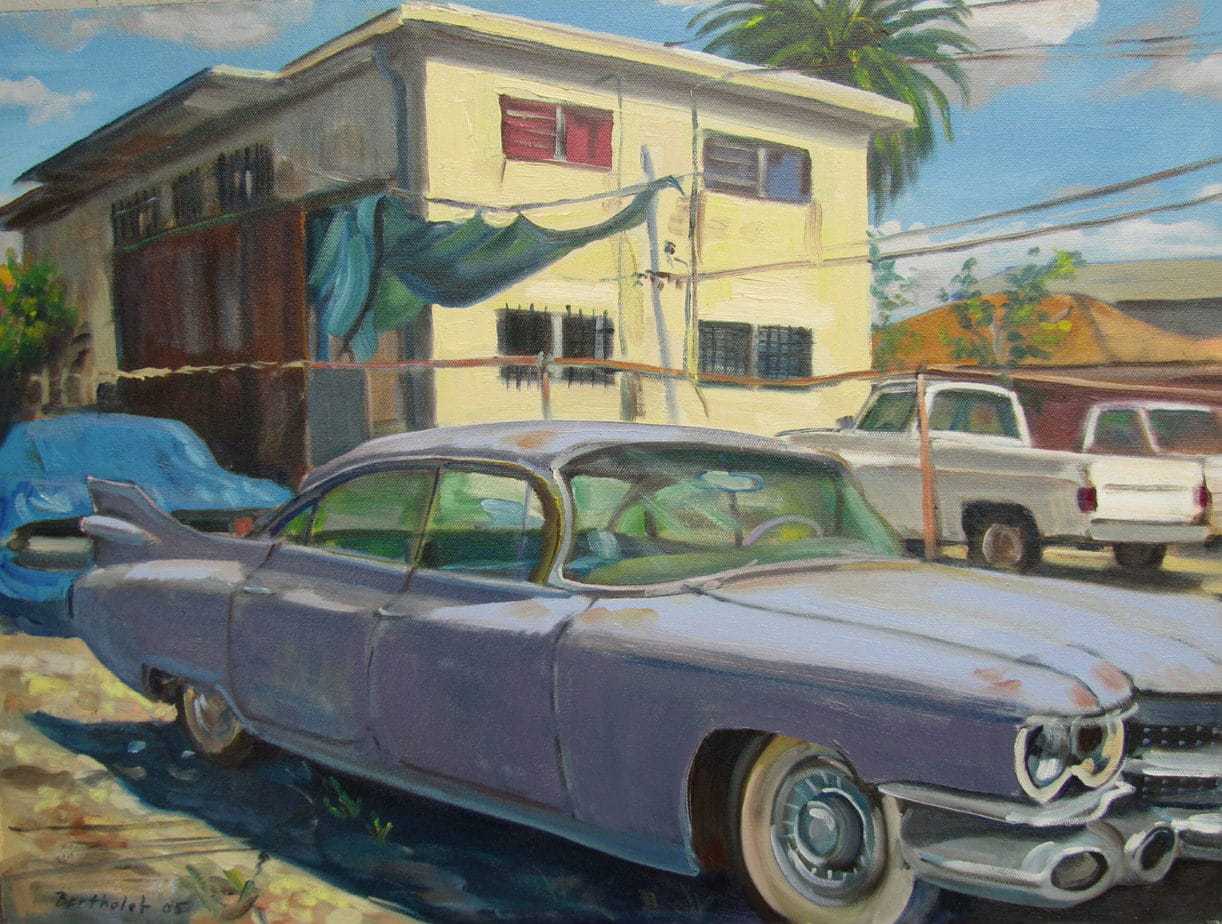Three Embrace Creatives artist teach you what to look for and stay away from when buying art online and in-person.
Recently, I found artwork via my Instagram account which I felt would be a good fit for a client so I visited the gallery in person. Wow, seeing the work in person was a much different experience than viewing it on my phone. Some of the pieces were not produced as well as I thought. I left the exhibit underwhelmed and disappointed that I could not share anything with my client to solve her design needs.
We all know seeing art in person is best but since we cannot always do that, I asked three EC artists who are experts in their medium to share their thoughts on things like; material types, the best varnish, what to look for in a fiber piece, and how to protect your art purchase once you get it home.
In the first article, our paper expert, Ray Beldner shared what type of materials a buyer should look for when searching for high quality, original paper artwork. Part two of this series featured our expert fiber artist, Debbie Grifka who does quilting and weaving. This last article features Paul Bertholet. Paul is an expert in oil painting, producing murals, portraiture, landscapes, and plein-air work. His artwork hangs in impressive spaces like the Homestead Hotel and Historic Christ Church, and in private and corporate collections around the world.
I’m super proud of the professional artists I curate into my Embrace Creatives showroom and I’m not surprised that they took the time to help you choose high quality artwork that, if properly cared for, will last decades. Below is the last part of our three-part series.

Palms on Palms Ave
13″H X 15″W
Oil on canvas
Like our art & articles?
You’ll love our newsletter….
Paul Bertholet: If you’re unsure if a painting is made from oil or acrylic, hold the painting at an angle and look at the texture on the canvas. If it’s highly textured and looks very layered, the painting is likely an oil painting. Acrylic paint dries smooth and is somewhat rubbery-looking.
Be VERY careful where you hang an oil painting. One of my works was placed directly under a skylight – after a few years the colors diminished and lightened.
I use a varnish with a UV blocker to protect pigments that are not as light fast. Ask the artist what type of varnish they use, especially if you’re going to display it in a room with a lot of natural light. So you know, blue colors are more light fast and permanent than reds or yellows.
For my outdoor mural work, I use a high-quality house paint sealed with a Mineral Spirit Acrylic varnish as a protectant. This varnish reduces dirt penetration and surface marring and when necessary, it can be removed using Mineral Spirits. An outdoor, commercial mural I produced is exposed to direct daylight half the day and after 10 years, the painting is STILL in great shape; The varnish held the colors and kept them in their original state.
Be careful when you display art in bathrooms or any room with a heat register or vent. If heat is blowing on artwork it can make changes to canvas. This happened to me in an exhibit – The curator placed my oil painting underneath a vent and the gold leaf on the frame started to wrinkle. Hot air blowing on it over the month changed the composition of the material.

Cadillac Collection
22″H X 28″W
Oil on canvas
Red flag: look for puckers at the corners of a painting – like a bed that’s not made well. Corners are tricky and wrinkles may show at the corner especially if it’s out of square. If you can view the artwork in person, look at the sides and corners to make sure they’re flush and folded well. If you’re sourcing online and the painting corners or sides look suspicious but the artist doesn’t show the sides of the artwork, ask for more photos.
Because canvas is tautly stretched fabric, sometimes if it’s accidentally leaned up against a protruding object for a long period of time, you’ll get a dimple that bulges the front. The artist can cure dimples by spraying them with water. The canvas should shrink back if the paint is flexible enough to follow without chipping.
This article was written by Andrea Bogart, founder and lead art advisor of Embrace Creatives.
To see the highly talented artists featured on Embrace Creatives, visit our artist listing. For help finding the right artwork for your home or office, reach out to Andrea here. Interior professionals can request white glove, art consulting or custom pieces, easily.

This is a great article about taking good care of oil paintings. Thank you for sharing the article.